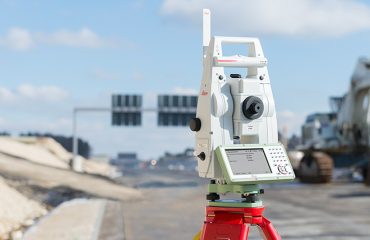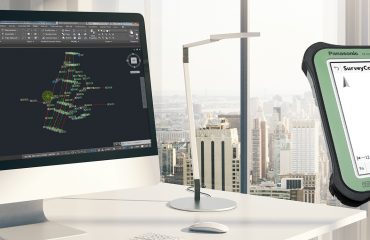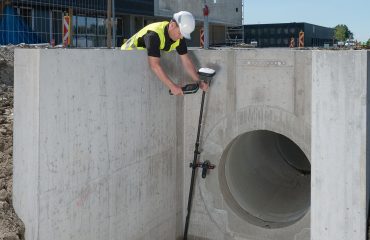You’ve probably heard the horror stories: Mobile mapping creates so much data it’s impossible to manage! Who needs a survey team when all you have to do is drive a scanner around?
Of course, it’s true that moving into mobile mapping is going to require some back-office adjustments, but they should be relatively manageable if you prepare for them and offer training to your workforce.
Horrocks Engineers has been doing laser scanning for roughly 10 years but just moved into mobile scanning in 2018 with the purchase of the Leica Pegasus:Two platform from Leica Geosystems, part of Hexagon. Horrocks’ Principal and Survey Manager Lonnie Olson said it absolutely affected his workforce.
“It’s hard to find good people, so if the team doing the collection in the field can manage the majority of the post-processing and get to the point where it can be certified, that helps keep projects on track.”
– Ellis“Some of our field crews transitioned indoors,” he said. “And I have a team of former high-ranging CAD techs that we’ve trained to do survey work. We’ve been able to do most of the post-processing work in-house.” They also did some recruiting of recent graduates from local geomatics programs and started training them as soon as they were on board to work with mobile point-cloud data.
“Now we have a team of five people,” Olson said, “who do nothing but extract data from point clouds all day, every day.”
RELATED: Mobile Mapping Enables a Fast-Turnaround Bridge Topo in Idaho
Leica Geosystems’ Jason Ellis said Horrocks’ experience is typical and the movement of field staff into the back office should be seen as a smart move and not a conciliation. “The continuity from the field to the office is always a challenge,” Ellis said. “It’s hard to convey what’s been done in the field and how it needs to be processed.” By having experienced field staff cross-trained into experts at working with the data, you have people who can intuit what the field staffers were trying to accomplish as they sort out the important data.
Similarly, said Ellis, it can be hugely helpful to have the people who are out in the field operating the scanners also able to work the software. “I see a lot of people doing post processing in the field so they know they’re good and can pack everything up, or know they need to rescan if they’ve had an issue,” he said. “A lot of field people are starting to take on the role of analysis, and that’s a good thing. You’ve got sharper people in the field who can be that much more productive.”
Cross-training also helps fill the labor gap in the geospatial profession. “It’s hard to find good people, so if the team doing the collection in the field can manage the majority of the post-processing and get to the point where it can be certified, that helps keep projects on track,” Ellis said.
As for the tech, Olson said there’s no need to stress about that. Just make sure you’ve got a lot of multi-terabyte USB drives, which are now extremely inexpensive, and don’t go cheap on your hardware. “Your standard CAD machine handles this stuff just fine,” Olson said. “The software is starting to catch up now. You don’t really need much to get going. It’s pretty simple. Even your basic laptop can handle it. Sure, you need a decent computer, but we’re an engineering firm, so we had them anyway.”
To learn more about how to maximize opportunities in your surveying business, please contact us.





